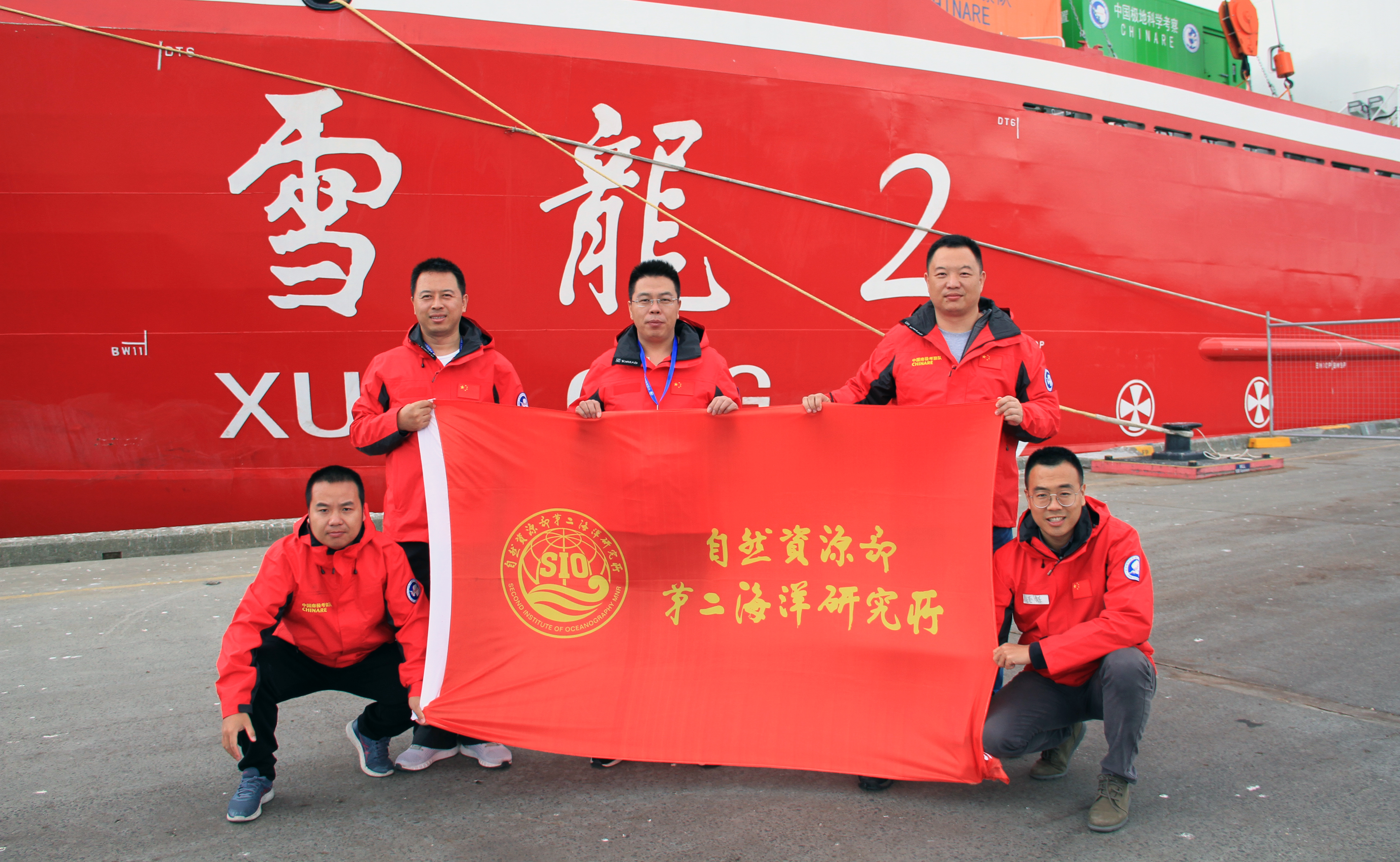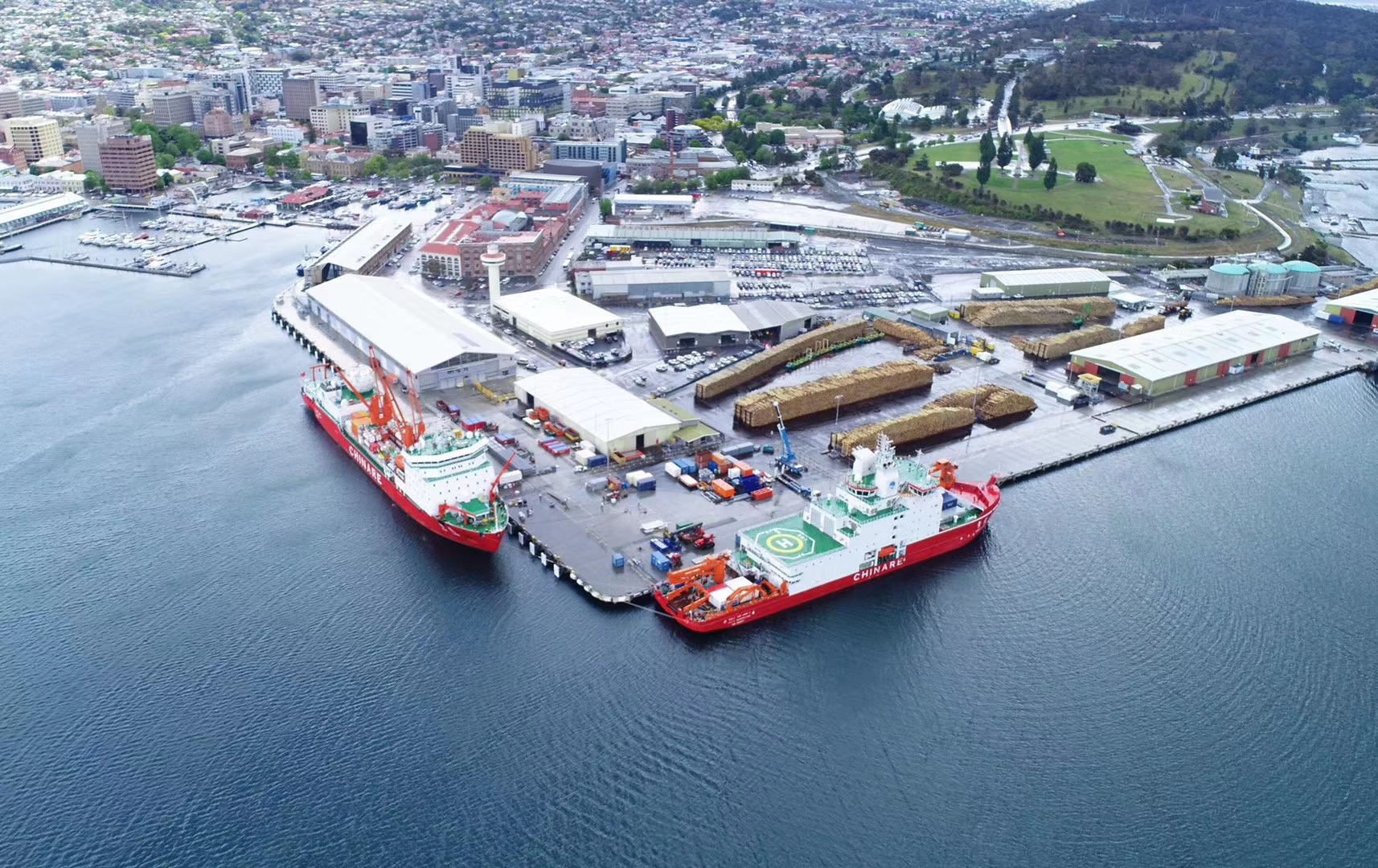Newsphoto


On the afternoon of November 8, Beijing time, five researchers from SIO set sail from Hobart, Australia for the 36th Antarctic Scientific Expedition of China by China’s latest polar scientific expedition icebreaker, “Xuelong 2”.
This year, “Xuelong 2” was included in the Antarctic expedition for the first time, and it will open a new era of polar exploration of “Double-Xuelong for Polar Exploration” with “Xuelong”. After a brief meeting with “Xuelong” in Hobart, Australia, “Xuelong 2” set sail across the westerly belt in advance and headed for Zhongshan Station in Antarctica. It will meet with “Xuelong” again at Zhongshan Station for coordinative operation, followed by a comprehensive survey of Astronaut Sea in the Southern Ocean.
The Astronaut Sea is located in the Indian Ocean sector of the East Antarctica and adjacent to the Prydz Bay waters where the Zhongshan Station is located. It is one of the sensitive areas for Antarctic climate change and also the first sea area in China to conduct research. The survey tasks of the Astronaut Sea undertaken by our Institute mainly cover multidisciplinary comprehensive surveys of marine chemistry, marine biology, marine geology, etc., including water body surveys, sediment sampling, recovery and deployment of biochemical subsurface buoys. This survey will fill in the gaps in China’s understanding of this sea area, and provide basic data support for understanding the evolution process of the Antarctic ecological environment caused by climate change.
The 36th Antarctic Scientific Expedition will make full use of platforms such as ships, sea ice, ocean, land, air and observation stations, and carry out the preliminary construction project of the new station on the Inexpressible Island and the operational observation through the multidisciplinary joint observation of land-ocean-atmosphere-ice shelf-biology. In late December, the second group of expedition members led by Researcher Pan Jianming will sail from Hobart, Australia by “Xuelong” to the Amundsen Sea in the West Antarctica for scientific investigation. The data obtained will be beneficial to follow-up studies on different response mechanisms of hot waters in the East and West Antarctica to climate change.



